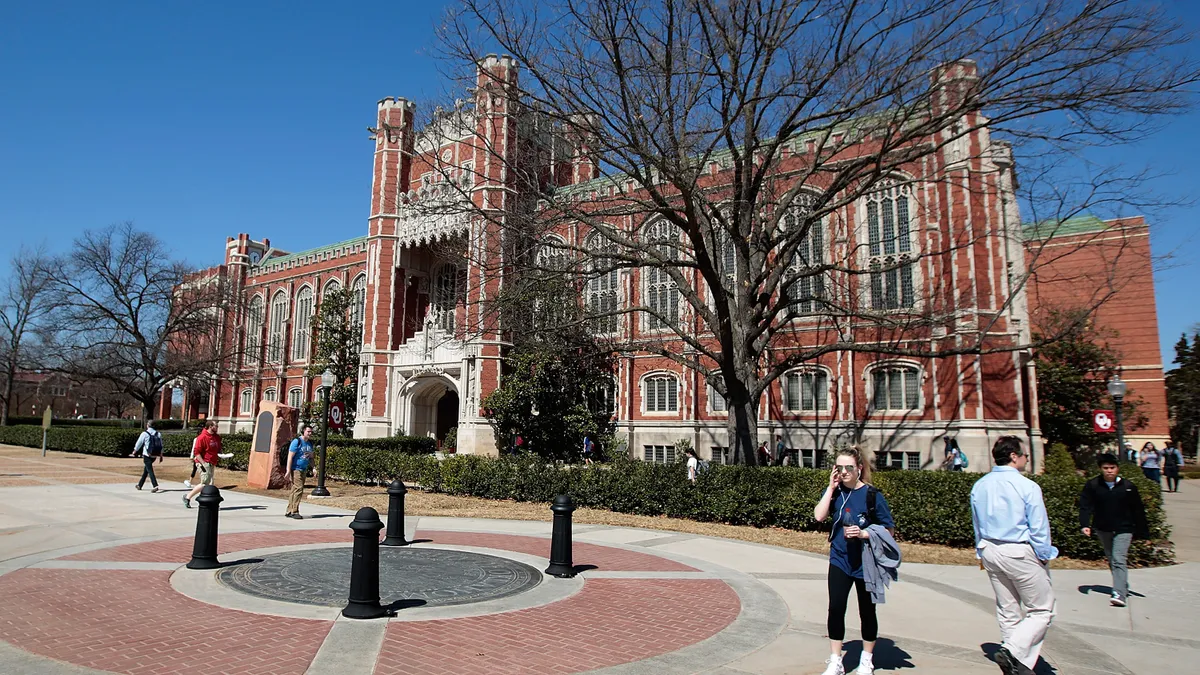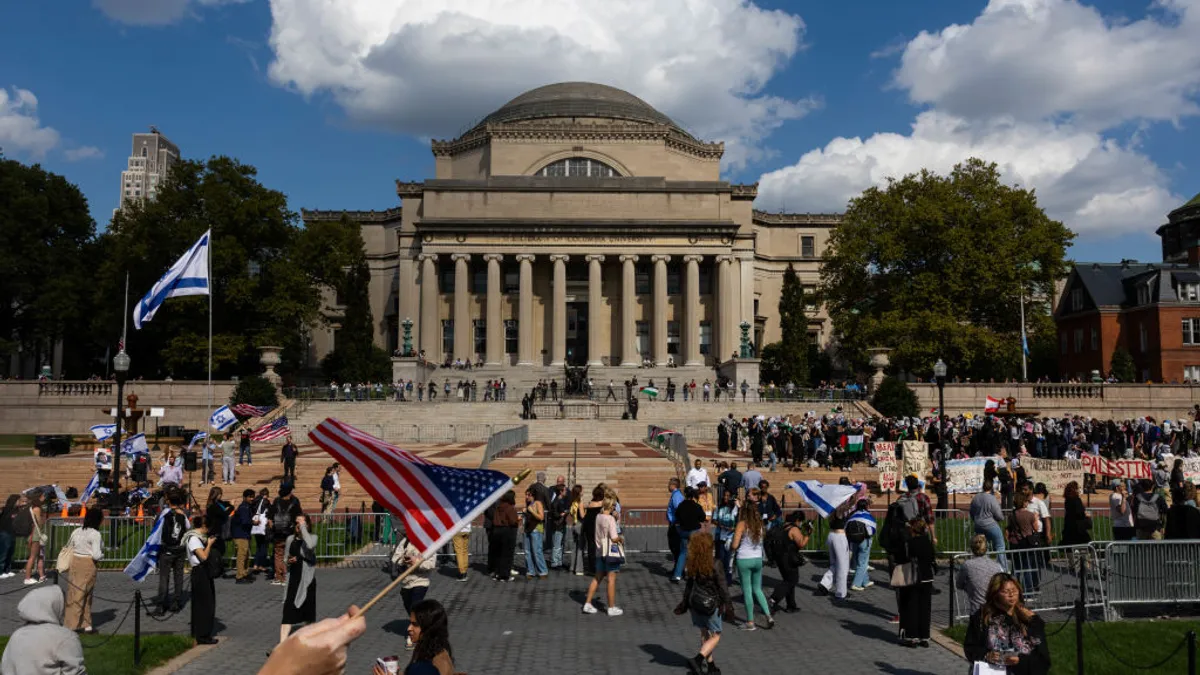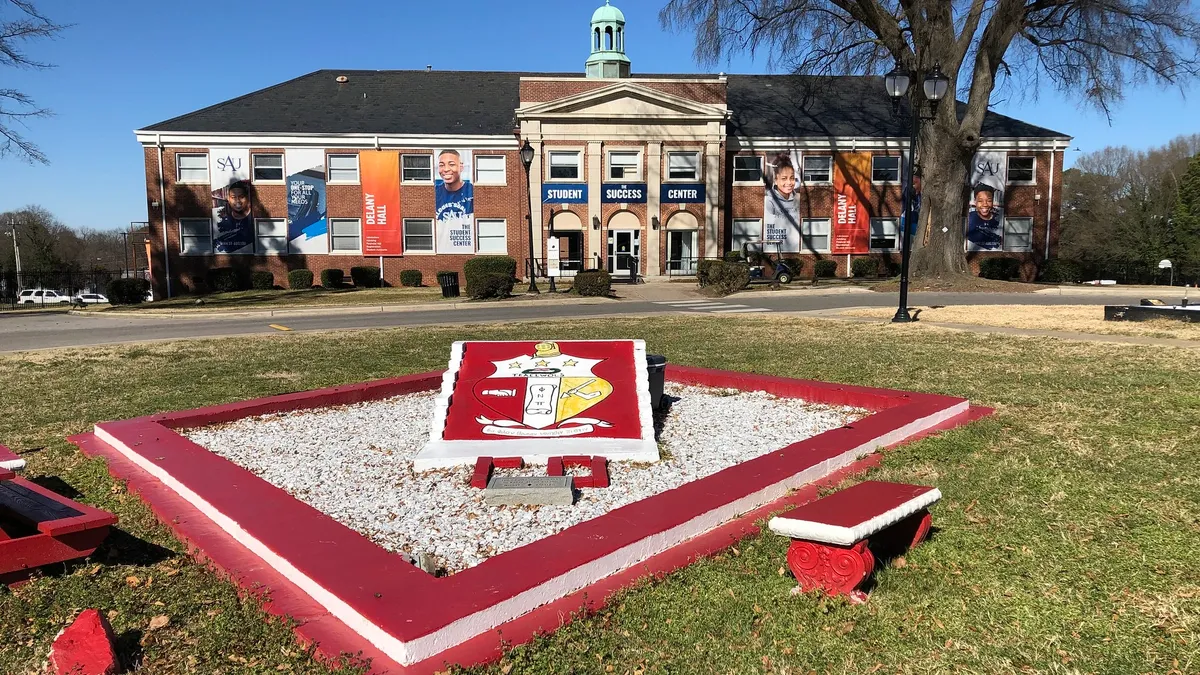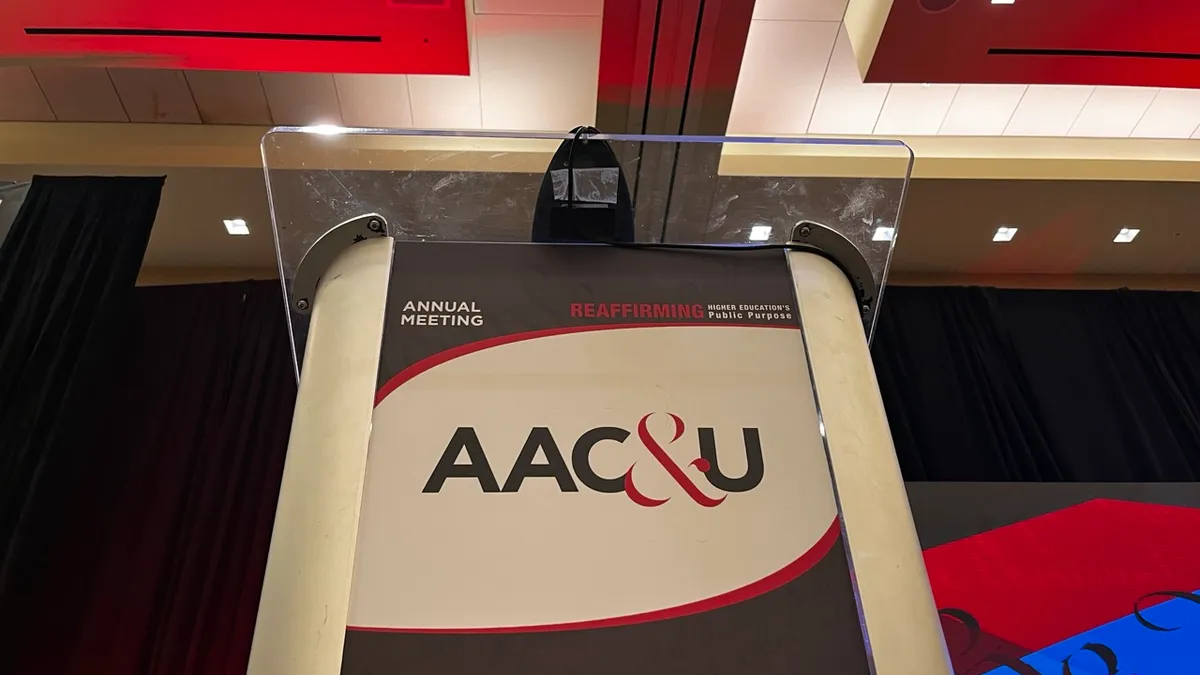Judith Wilde is research professor and James Finkelstein is professor emeritus in the Schar School of Policy and Government at George Mason University.
This is the first of three pieces they wrote in a series examining changes in the way college presidents are hired.
It's been about 50 years since we graduated from college — Scripps College class of '71 and Miami University of Ohio class of '74. We've both spent our adult lives working in universities, witnessing many changes, especially in the college presidency.
While identifying these is relatively easy, we've been curious about the possible causes. As our starting point, we analyzed the classified ads for presidencies and chancellorships in The Chronicle of Higher Education from academic years 1975-76 through 2015-16 to identify trends in hiring. Here is what we found.
The length of presidential tenure is shortening. We found that the 84 presidents hired in 1975 served from one to 39 years, with an average of 9.1 years; the 138 presidents hired in 2005 served from one to 23 years, with an average of 7.7 years. According to the American Council on Education, presidential tenure was 8.5 years in 2006 and 6.5 years in 2017. While our numbers differ somewhat, the trends are the same.
More searches are failing — both to appoint a president and/or to identify a president who serves even a year. This is not an entirely new phenomenon. Back in 1984, the newly named president of the University of New Mexico "quit on his second visit to campus, before his contract was even signed, when an enraged faculty challenged his credentials." However, in the past 10 years more searches appear to fail more quickly. For example, in 2012 the president of the University of Tulsa was fired after 74 days, and in 2013 the president of the University of Wyoming was forced to resign after less than six months on the job. In 2020, the University of Wisconsin System's search for a new president failed when the single finalist dropped out due to "process issues" and public opposition. The cost of the search was more than $216,000. Just this year, the president of Oregon State University resigned after only 9 months. This came after Louisiana State University, his previous presidency, released a report detailing the "mishandling of sexual misconduct allegations and Title IX procedures while [he] was president."
More presidents are leaving their positions before completing their first terms. After a contentious search and tumultuous few months in office, in 2019 the University of Oklahoma's president resigned after 11 months. Auburn University's president also resigned in 2019, although he spent more time in the role — two years. This year, the University of Colorado system president stepped down after two years, citing a "change in the board's focus and philosophy" and faculty censure for "failure of leadership with respect to diversity, equity and inclusion." We note that each of these men received a nice payout for leaving early: $125,000 from Oklahoma, $4.5 million from Auburn and $1.3 million from Colorado. In addition, Oregon State will pay nearly $1 million to its now-former president.
Some search firms have had problematic searches. In 2018, the search firm hired by the University of North Carolina system to recruit a chancellor for East Carolina University refunded $110,000 in professional fees. The issue was a failure of due diligence, as the search firm provided "inaccurate salary information for [the chancellor's] previous posts in Georgia" that led to a higher salary than might have been paid otherwise. The system leaders then blocked the search firm from future business in the state. As it happens, this is the same search firm used by Oregon State University — another example of failed due diligence.
Female presidents have become more prevalent, but we see little change in racial and ethnic representation in the college presidency. In our research, 5% of those hired in 1975 were female, compared to 23% in 2005 and 29% in 2015. The ACE study found similar data: 23% female presidents hired in 2006 versus 30% in 2016. ACE also reported the percentage of ethnically or racially diverse presidents. In 2006, about 86% of presidents were white. In 2016, about 83% were white. From 2006 to 2016, the racial and ethnic makeup of those who were diverse changed somewhat. In 2016 there were more Asian, Black, and Middle Eastern presidents, fewer multiracial presidents, and about the same percentage of Hispanic/Latinx and American Indian/Alaska Native presidents as in 2006. Clearly, there is a long road to racial, ethnic and gender parity.
The fundamental change? Perhaps the most noteworthy change related to who occupies the corner office in "Old Main" is in the selection process. Looking again at our work, 97 ads in 1975 met our criteria for being included in the research, but only two mentioned an executive search firm by name. Another six ads asked applicants to send their materials to addresses other than those of the campuses.
By the mid-1990s we found change. During 1995, only 28% of the ads named a search firm. Ten years later, the use of search firms had nearly tripled, with 79% of the ads naming a search firm. By 2015, the end of the 50 academic years we examined, 92% of the advertised presidential searches in The Chronicle included the name of an executive search firm or consultant. The use of search firms to hire executives in the private sector clearly is embedded in higher education.






















